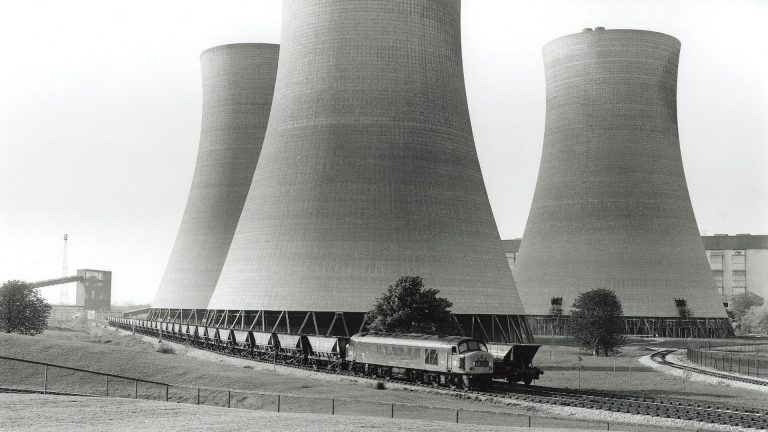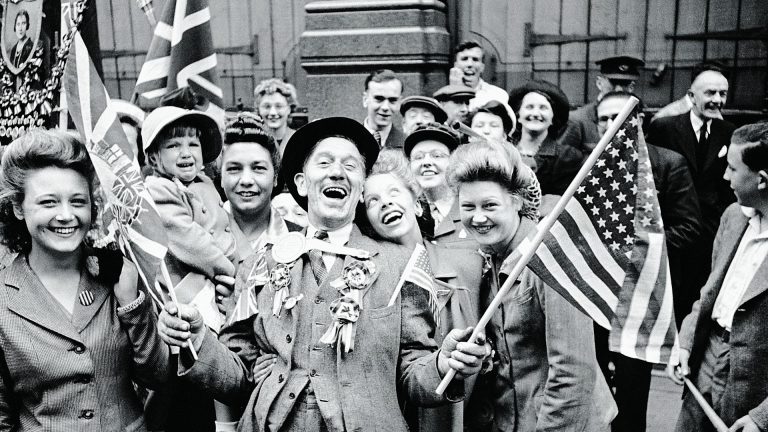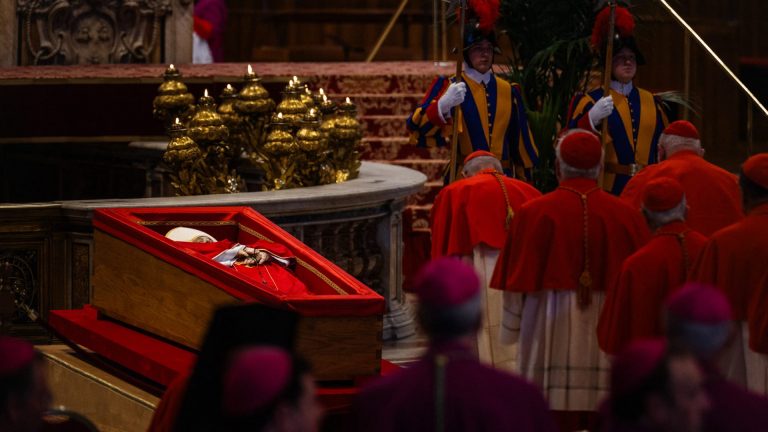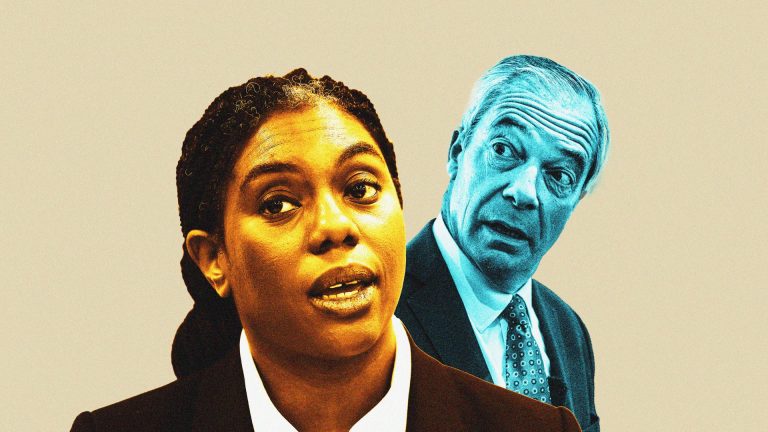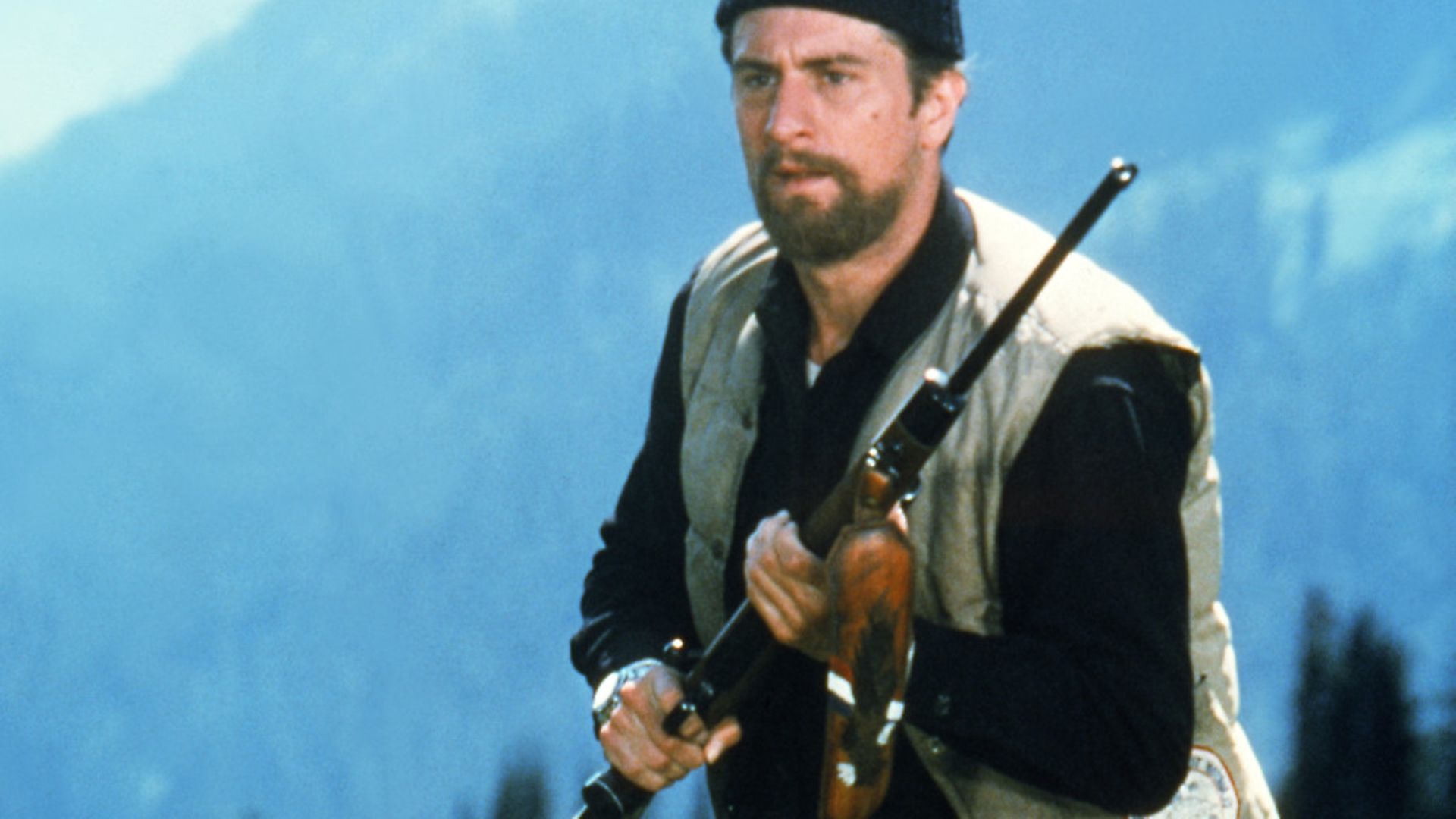
Author Jay Glennie on his new book, a behind the scenes look at one of the most celebrated films in cinema history
“Hi Jay, it’s Bob.”
On the end of the phone line was perhaps the finest screen actor of his generation, and certainly my idol, Robert De Niro. Films such as Mean Streets, Taxi Driver, Once Upon a Time in America, The Godfather Part II, Angel Heart, Goodfellas and Raging Bull had given me the beginning of my film education.
After seeing him wear them in the 1977 film New York, New York, I had immediately replaced my dull black or blue socks with Argyle ones. I took this a step further when I read that in the same movie he wore silk pants – so as to be in keeping with the jazz musicians portrayed in the film. Wearing silk pants at my Essex school was not a common venture though…
The reason for this telephone call from my screen idol was to chat about a film that came out the year after New York, New York – 1978’s The Deer Hunter.
This is one of my favourite films. Its depiction of the horrors of war had a profound effect on me and cemented my fascination with De Niro and his total absorption into any screen role he performed. Also, I was intrigued as to how a relatively small British production company, EMI Films, came to produce a movie that became a huge box office hit and would win five Oscars, including Best Picture.
Dubbed the first ‘rock ‘n’ roll’ conflict by the New York Times, the Vietnam War was deemed to be box office poison by the Hollywood studios but The Deer Hunter proved the doubters wrong. It certainly polarised audiences and critics, with its politics proving controversial, but its emotional impact was undeniable. Certainly, when I came to watch it first, in the early 1980s, the impact it had on me was profound.
Years later, I set up Coattail Publications, with my buddy Steve Wilkin, with the sole purpose of releasing a ‘large format’ book that would tell the story behind the film. That book – One Shot: The Making of The Deer Hunter – has now been published. The opportunity had arisen as a result of my relationship with its producers, Michael Deeley and Barry Spikings.
I had earlier been invited to interview the cast and crew of the 1976 film they had produced for Nic Roeg, The Man Who to Fell Earth, which starred David Bowie. This lead to a large format book, released in 2017 with friends Darryl Webber and Steve Kirkham. It was during this period that I met Massimo Moretti, who was in charge of image licensing rights at Studio Canal, and who asked whether I would be interested in the two hundred plus images they had of the making of The Deer Hunter. My answer, obviously, was yes.
I began unearthing more images and ephemeral content and carried on interviewing, researching and writing about The Deer Hunter, but it was a very tentative message I sent off to De Niro to ask if he would be willing to contribute to the project.
I had struck gold, though, and was told that he liked the idea and would be calling me. What would the young guy wearing silk underpants have made of that?
From our first conversation Bob has been open to me, graciously answering my questions, a far cry from the monosyllabic and introverted artist he is constantly depicted as; I simply never encountered that man. Bob was everything I hoped he would be.
The good news continued. Because of his involvement another two of the film’s stars agreed to contribute: Meryl Streep and Chris Walken; and like Bob they too opened up to me about this period of their career with warmth and humour – boy, does Meryl Streep know how to laugh. I had to constantly remind myself that I was meant to be conducting an interview such was the laughter we enjoyed.
Bob also suggested that I might like to visit his archives and see if there was anything hidden within that may help in the telling of the story. As any film fan will know, De Niro’s research into his roles is the stuff of legend and his astonishing archives underlined that. I spent three days in heaven trawling through this astonishing insight into his choices for playing the character of steel worker turned soldier Michael Vronsky, and much more besides.
Astonishingly, De Niro told me that he nearly didn’t make The Deer Hunter. He had planned to take a much-needed break and get himself prepared to play the boxer Jake LaMotta in Raging Bull.
“I had planned to take a break,” says De Niro. “It had been a busy period, I had finished filming Taxi Driver and 1900 and I was training for Raging Bull. I think that, well the way I remember it is I had spoken to Marty [Scorsese] to find out where he was in preparing Raging Bull. The Deer Hunter was by this time a film I felt I had to do and he was fine with that. It was important to me because I had made that commitment to Marty to do Raging Bull.”
Little did he know The Deer Hunter was going to be the most exhausting film he had made. Never more so than when the production moved to Thailand to shoot the scenes depicting the Vietnam War.
The scenes were the characters of De Niro and co-stars John Savage and Chris Walken were forced to play Russian roulette remain some of the most shocking ever committed to celluloid and only added to the controversy surrounding the film. There were reports of copycat deaths, and certainly playing these scenes left an indelible mark on the three actors.
De Niro always felt that the scenes where the men were forced to play Russian roulette in captivity would have resonated more if the Vietcong had been making them play for ideals, rather than gambling for money.
“For me the scene should have been about recanting, ‘saying you’re wrong’ and not about money,” De Niro says. “They were fighting for what they believed was right… It would have been stronger, more powerful, and more accurate than money.”
The pressure did not stop with that scene. While filming in Thailand, De Niro, Savage and Walken risked their lives performing a stunt as they made their escape from their captors.
In the film, the three are seen being rescued by an American helicopter from a swinging rope bridge. In an image in my new book, director Michael Cimino is shown actually reaching out of the open door of the helicopter, as Walken makes his way into the helicopter. “Mike Cimino was next to me, dressed as a pilot and the camera is rolling,” he says. “I thought if the helicopter tilts sideways, I’d be gone.”
Savage and De Niro were still stuck on the runners of the helicopter – now high above a raging River Kwai – waiting to pull themselves aboard.
“I was buzzing,” recalls Savage, “I was only a young guy and having the time of my life.”
At that point, though, things started to go wrong. The aircraft’s runner had got caught on the bridge. The pair dropped to the water below, with the fear that the helicopter might yet crash down on top of them. For a moment De Niro thought “our time was up. It was pretty scary”.
The pair received a stern rebuke from the on-set stunt professional for dropping into the water but Cimino knew he had filmed something special.
Hearing all this from Thailand only added to the pressure on EMI Films. The company was faced with a film that was now over three hours long. The initial agreement had been for a two hour movie. The three British producers – Deeley, Spikings and John Peverall – had all, by this time, fallen out with each other, as disagreements deepened. Cimino had assured them that the wedding scene – set before the friends are deployed to Vietnam – would be only be a “flicker” of screen time. In fact, it was more than 40 minutes long.
Deeley called his director “duplicitous and that’s being kind”. However, Spikings felt that Cimino was filming cinematic gold. Ultimately, he was vindicated by the huge box returns – much needed after the budget had spiralled from $7 million to $15 million.
De Niro tells me: “I always felt that The Deer Hunter was going to be a good movie; otherwise I wouldn’t have done it. It had its flaws, but there was something very special about it. I responded to Mike [Cimino], I responded to his passion and how serious he was about the film and that is the same reason I responded to you and your book.
“I just knew that you were going to do such a great job, and that you care so much and I am very impressed with that. I saw right away that you were serious and knowing how hard you are working at producing this book makes me want to talk to you and it would be the same for Meryl, Chris, John, all of us.”
Words from my hero I never expected to hear. Writing One Shot has been a dream.



